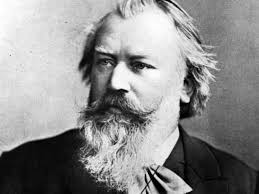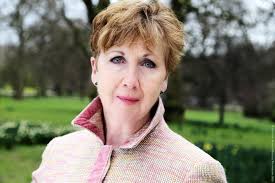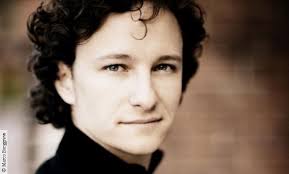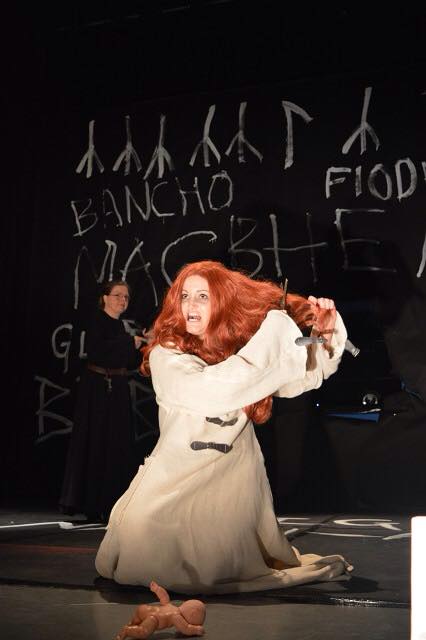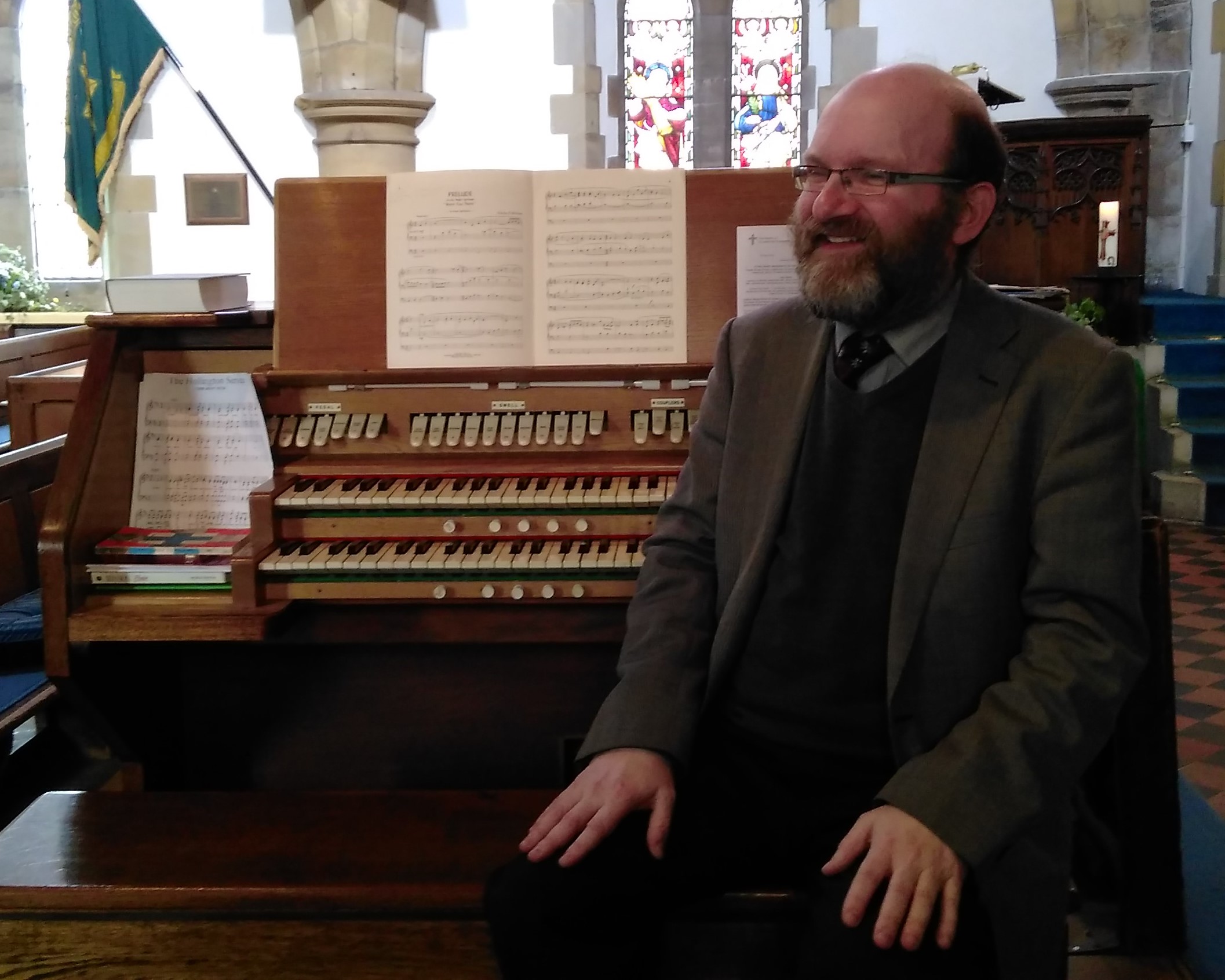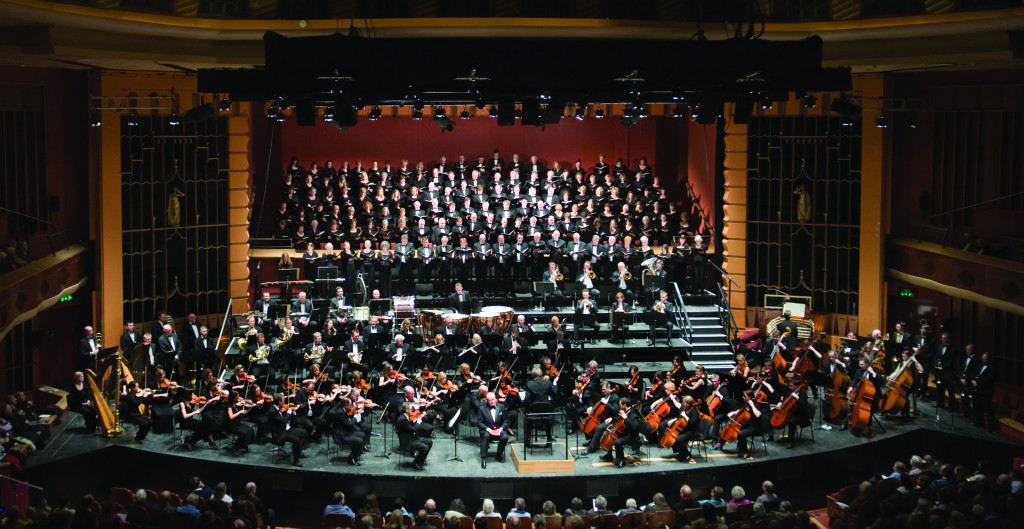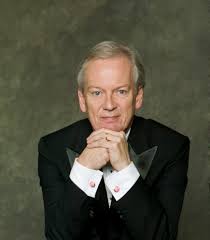Christ Church, St Leonards, Saturday 14 May 2016
The church was full well before the start and late-comers were looking for places at the sides which was an excellent omen for a programme which might not be quite such a crowd pleaser as more familiar works. Brahms’ Requiem is better known in parts than as a whole, and is a genuine challenge for the best of choruses. That HPC did so well is a tribute not only to their conductor but also the hours of effort it must have taken to realise this level of musicality.
They had opened the evening with a rarity – Brahms’ setting of Goethe’s Gesang der Parzen. The rich acoustic helped the romanticism of the setting and the top sopranos excelled themselves in the accuracy of their pitch and impact of their attack. This was true later of the men who are now a force to be reckoned with. The many exposed passages in the Requiem were supported with virile sound and clean lines. That the text often failed to communicate was more a fault of the acoustic than the choral singing.
The second movement of the Requiem brought us clean sweeping crescendi and there was a real joy to the end of the third movement. The lush harmonies of Wie lieblich sind deine Wohnungen were well found and there was enthusiasm in the final pages of the sixth part. It was a pity that neither of the solo parts had the presence or vocal weight to ride the orchestral and choral forces.
Between these two works we heard Sibelius’ violin concerto with Aysen Ulucan as soloist. She certainly has the technical skills for the work but the slow tempi meant that often it lacked the fire and attack the work can provoke. The orchestral forces were certainly un-phased by the challenge and the brass were particularly powerful and steely in their fanfare-like outbursts. Perhaps Marcio da Silva should bring us an evening of purely orchestral music from the Ensemble OrQuesta – it would certainly be worth hearing.
Hastings Philharmonic Choir can next be heard on Saturday 25 June at St Mary in the Castle with a programme of romantic music for mid-summer.

